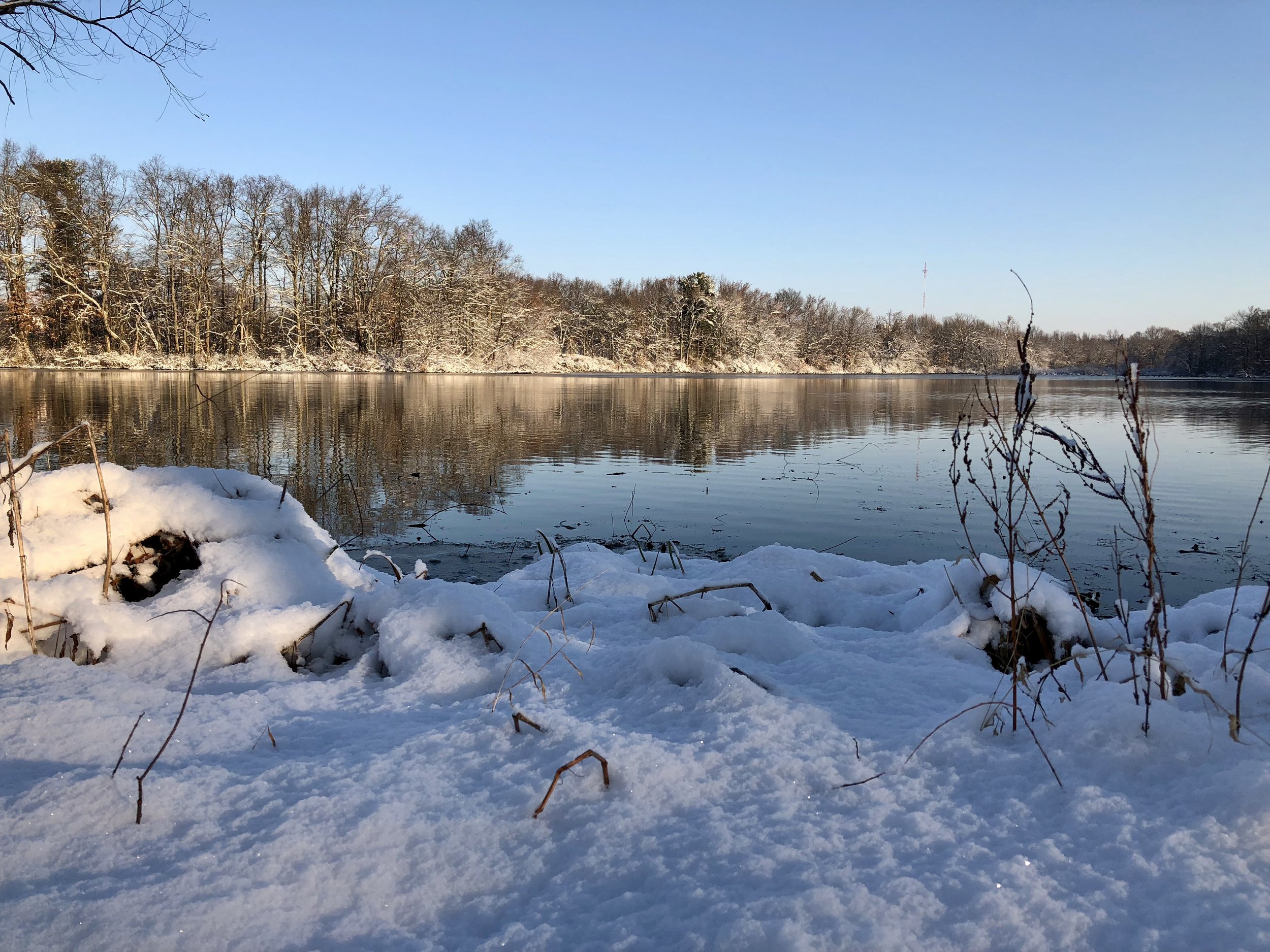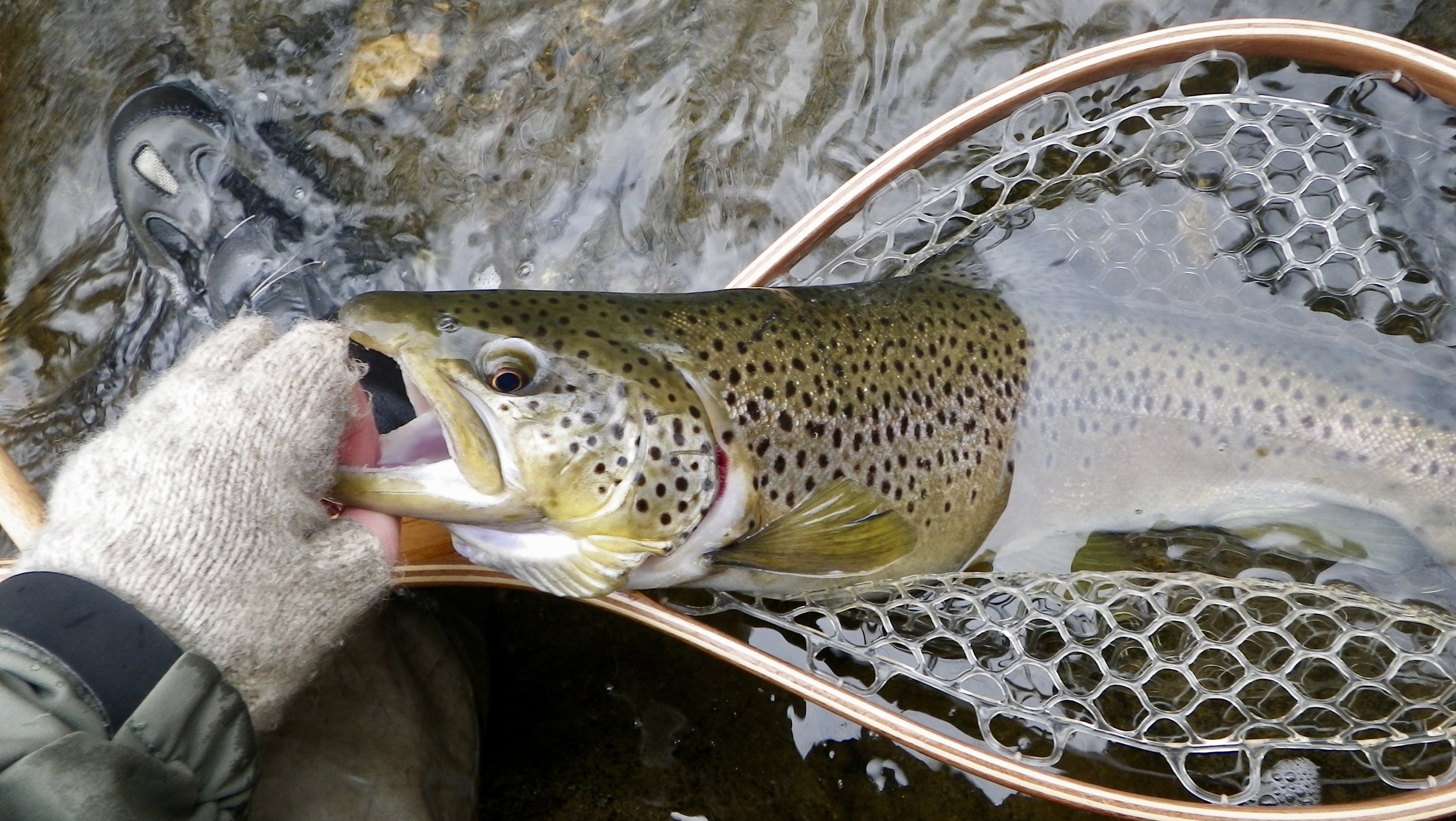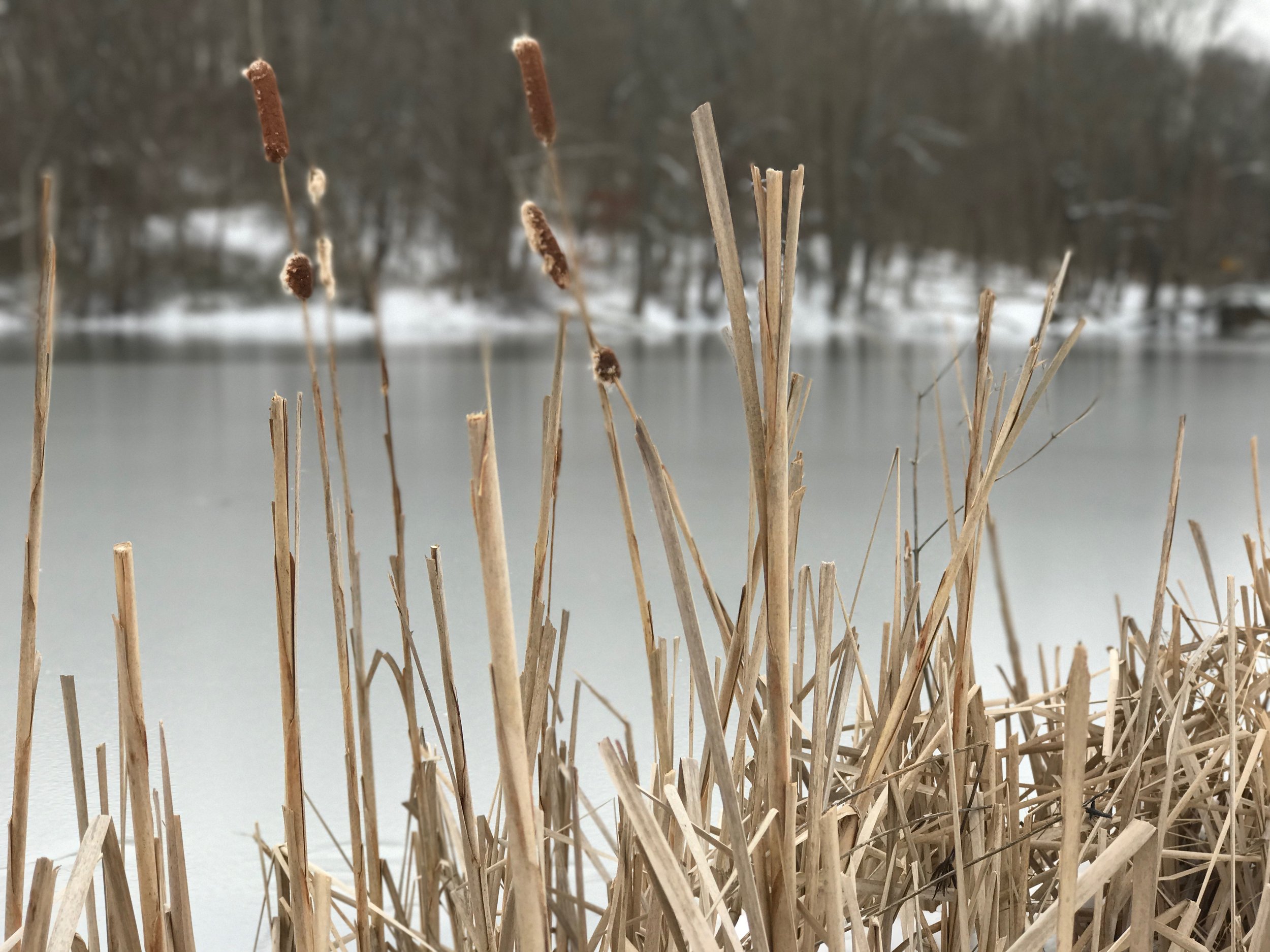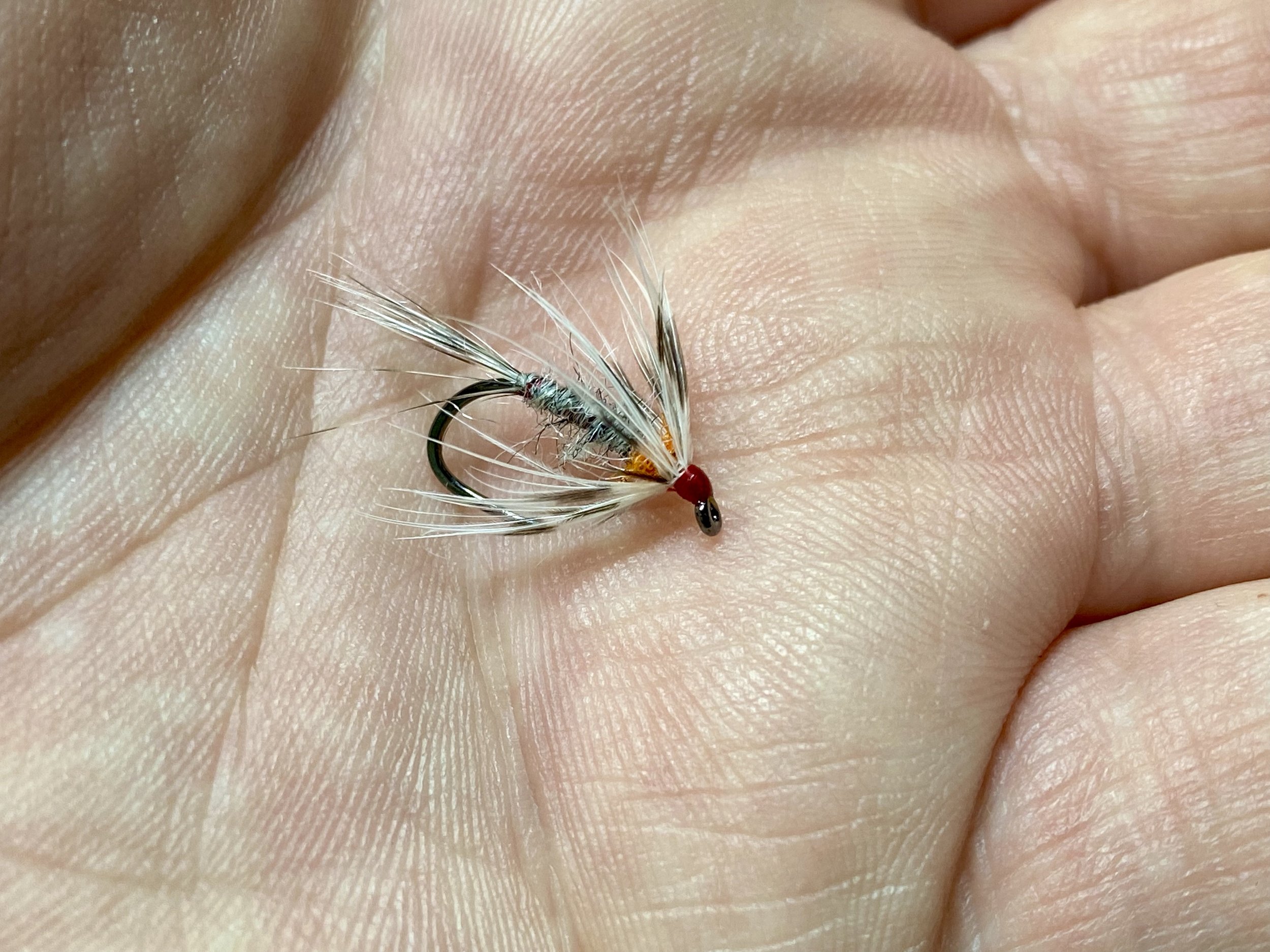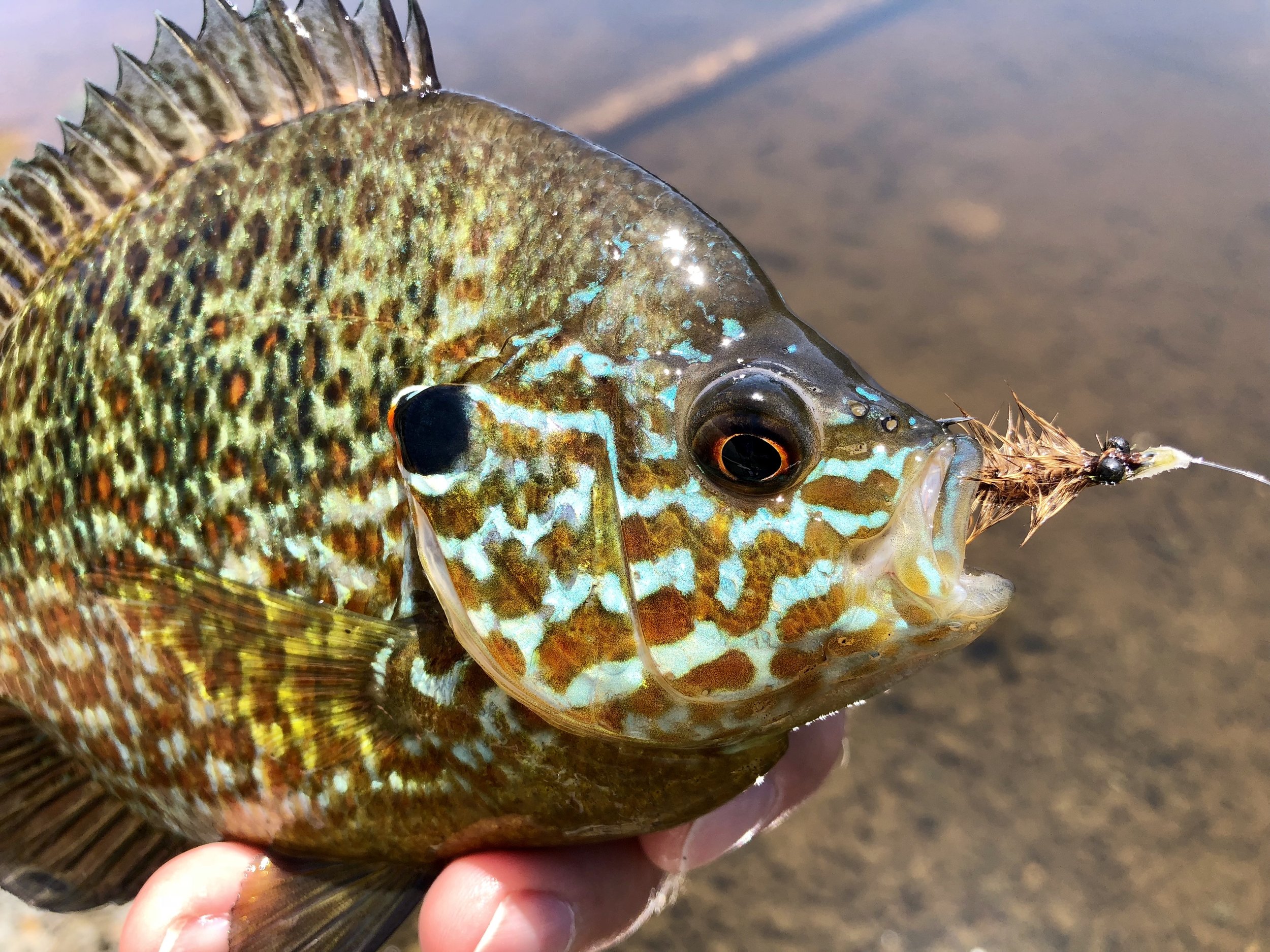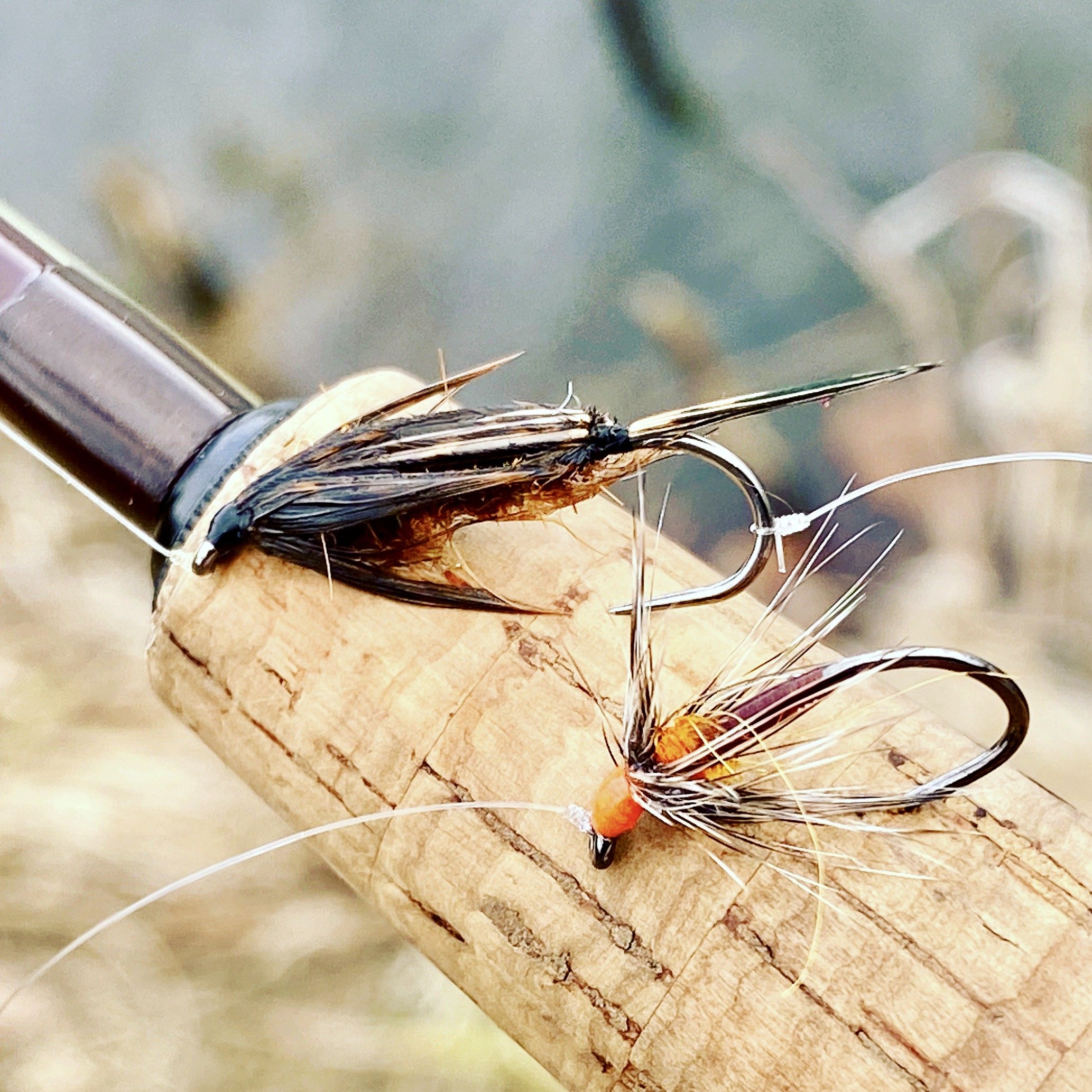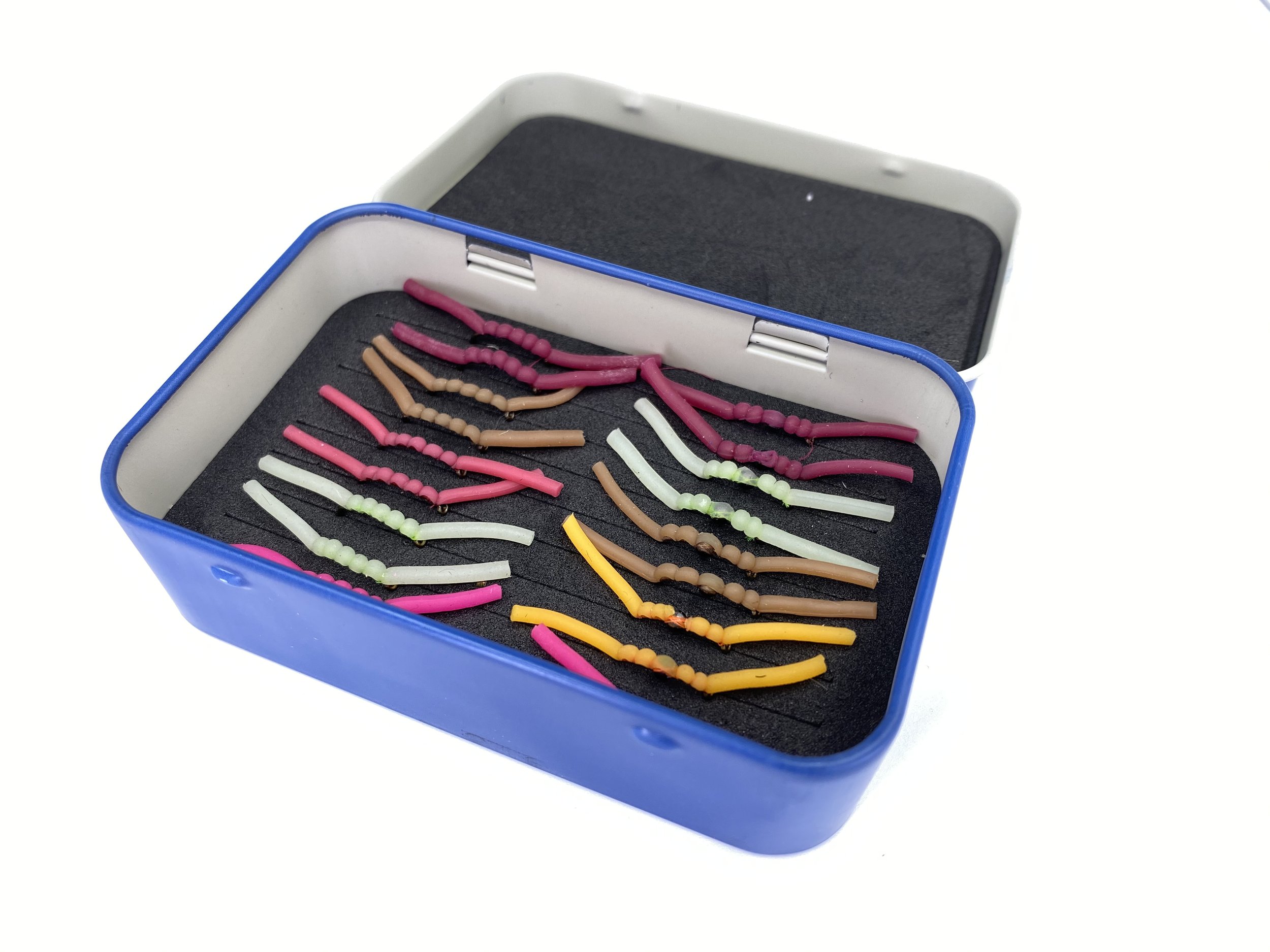Most of my wintertime fly fishing is focused on trout. Not because I cannot catch panfish on the fly during the winter but because my local lakes are usually frozen over by this time of year. This year things are a bit different. Whether it is a result of global warming, changing jet stream patterns, or fluctuating ocean temperatures, the facts are clear; we are experiencing a mild winter here in the northeast. This morning, a day in the second week of February, I woke up to a temperature of sixty degrees at 5:00 am! Not a typical February weather pattern!
During this time of year most of my fishing focuses on trout, but warm winter days have me thinking of panfish.
The trout fishing has been good, but these warmer days have me thinking about panfish. I have written extensively on where to find panfish during the colder months. In this blog post, I want to focus on the flies and equipment I use to target winter panfish. My fly selection during this time of the year differs from the warmer months.
Normally the lakes look like this in February, but not this year.
The Winter Panfish Fly Box
My winter panfish fly box is missing a lot of common panfish patterns. Gone are the poppers and foam bugs, with one exception, all of my topwater flies are missing. The flies are much smaller as well. The fly selection consists primarily of wet flies, soft hackles, and nymphs. Here is a rundown of my top five winter panfish patterns.
A typical soft hackle pattern I find effective during colder weather,
Soft Hackles
Soft hackle wet flies will produce fish all year long, so there is no surprise they top the list. However, effective cold-water panfish patterns must have the ability to be fished very slowly and still provide some movement to attract fish. The soft hackle checks both these boxes. I can crawl them along at a snail's pace, and the delicate hackle will still move seductively in the water.
A Royal Coachman wet fly, is one of my favorite winged wets for panfish.
Traditional Wet Flies
Also, in my winter fly boxes are traditional winged wet flies. While I usually reach for a soft hackle pattern, there are times when winged wets will outproduce them.
A buggy looking nymph fished slow and deep will yield results.
Nymph Patterns
Nymph patterns are the most versatile patterns in my winter fly boxes as they can be fished by slowly retrieving them through the water or fished under an indicator. A panfish in cold water has a reduced metabolism that reduces its willingness to chase down a meal. However, a nymph dangling under an indicator seems to do the trick.
Best of both worlds. A soft hackle fished in tandem with a nymph.
I tend to fish smaller flies during the winter as most of what the fish feeds on tends to be smaller. Midges have become an important food source, and other aquatic insects are still maturing, so they will also be smaller. My winter nymph assortment will include a variety of nymph patterns in sizes 14-18. There is nothing fancy here, just a mixture of natural, olive, and black Hares Ear nymphs and some Pheasant Tail nymphs. I always include a few tiny, damselfly nymphs in this box as well. I don't know how active these insects are during the winter, but a size 16 damselfly nymph is often a top producer for me.
Simple worm patterns can be very effective when fished under an indicator, just like a worm under a bobber!
Worm Patterns
I will include a few worms in my winter fly selection, particularly those tied with that silicon "squirmy" material. A squirmy worm dangled under an indicator is not much different than a worm under a bobber, and we all know how effective that method of fishing can be.
They may be small but midges are an important part of a fish’s winter diet.
Midges
Midges, also known as Chironomidae, are often the most active insects during the winter months and make up a considerable part of a winter panfish's diet. All stages of this insect, the larva, pupae, and winged adults, can be pretty small. Even smaller items on the menu include zooplankton. These tiny invertebrates are active all winter long and often form dense clouds on which the fish feed. My fly box always contains a variety of simple midge larva flies in various colors and sizes. Pupae and winged adults have a place in that box as well. If there is open water, midges will emerge and hatch twelve months out of the year. I have had excellent dry fly fishing in late February, using tiny winged adult patterns.
A wintertime surface feeding bluegill caught on a midge pattern.
At first glance, the cold water panfish fly box is rather dull. But the flies inside can bring success for the angler willing to brave the cold in search of winter panfish.
